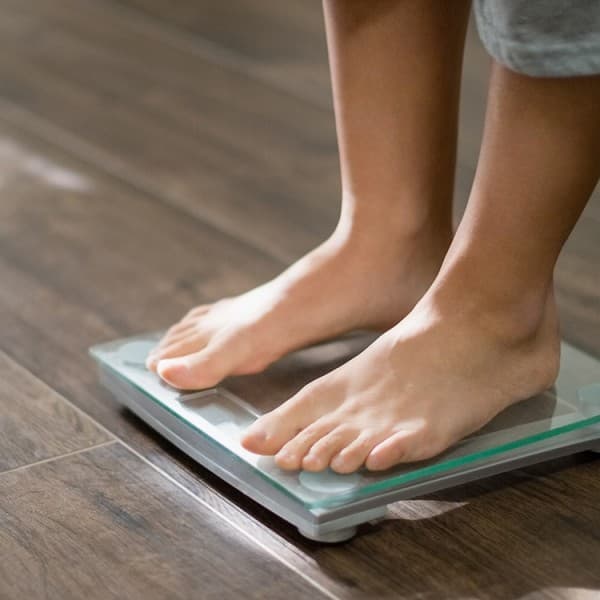That heart-racing feeling never feels good, and it might be more than nerves or
excitement. Some people have tachycardia, a condition where their heart rate is greater
than 100 beats per minute (bpm). Generally, a heart rate above 100 bpm at rest is
considered fast for most adults. Tachycardia is one of the most common arrhythmias, along
with
atrial fibrillation
and
bradycardia
. With nearly 50 million people affected by arrhythmias worldwide, it’s important to
understand how to detect these irregular heartbeats and how to manage them.
Types of tachycardia
There are several types of tachycardia and each one may be treated and managed differently
depending on your overall health and, of course, your doctor’s recommendations. These are
the three main types of tachycardia.
Sinus tachycardia
A normal increase in heart rate greater than 100 bpm is considered sinus tachycardia. You
may experience sinus tachycardia during exercise, or if you feel anxious or scared. While
your heart may be beating faster than at rest in sinus tachycardia, it is not interfering
with other electrical impulses in the heart.
1
Atrial or supraventricular tachycardia (SVT)
An abnormally fast heart rate that begins in the upper chambers of the heart is called
atrial or supraventricular tachycardia (SVT). Instead of this rhythm occurring in the
heart’s natural pacemaker, the sinoatrial node, it travels through a different pathway
present since birth.
1,2
Ventricular tachycardia
Ventricular tachycardia is a rapid heart rate that begins in the lower chambers of the
heart, keeping them from filling completely between contractions. This may compromise
blood flow to the rest of your body. Ventricular tachycardia may be a side effect of
certain drugs or medications. It may also be caused by conditions that affect your heart’s
electrical conduction system, such as a lack of blood flow to the coronary artery.
1
Detecting tachycardia
Some people with tachycardia may not even realize they have it, as they don’t experience any distinct symptoms. Others, however, may feel heart palpitations, lightheadedness, chest pressure, or fatigue. Tachycardia can be detected with an electrocardiogram (EKG), a non-invasive test that measures your heart’s electrical activity. You can even record your EKG at home with a personal EKG device like KardiaMobile , which allows you to record a medical-grade EKG in just 30 seconds and send it to your physician for review remotely. You may also have your EKG taken at a doctor’s office or hospital. If you are experiencing tachycardia symptoms, or have even detected tachycardia on KardiaMobile, be sure to consult your physician. They can help you create a care plan that’s right for not only your heart, but your lifestyle as well.





%2F1_HowCanTheMazeProcedureRelieveAFib_2024-01-08-201903_qefy-hero-sm.jpg&w=3840&q=75)
